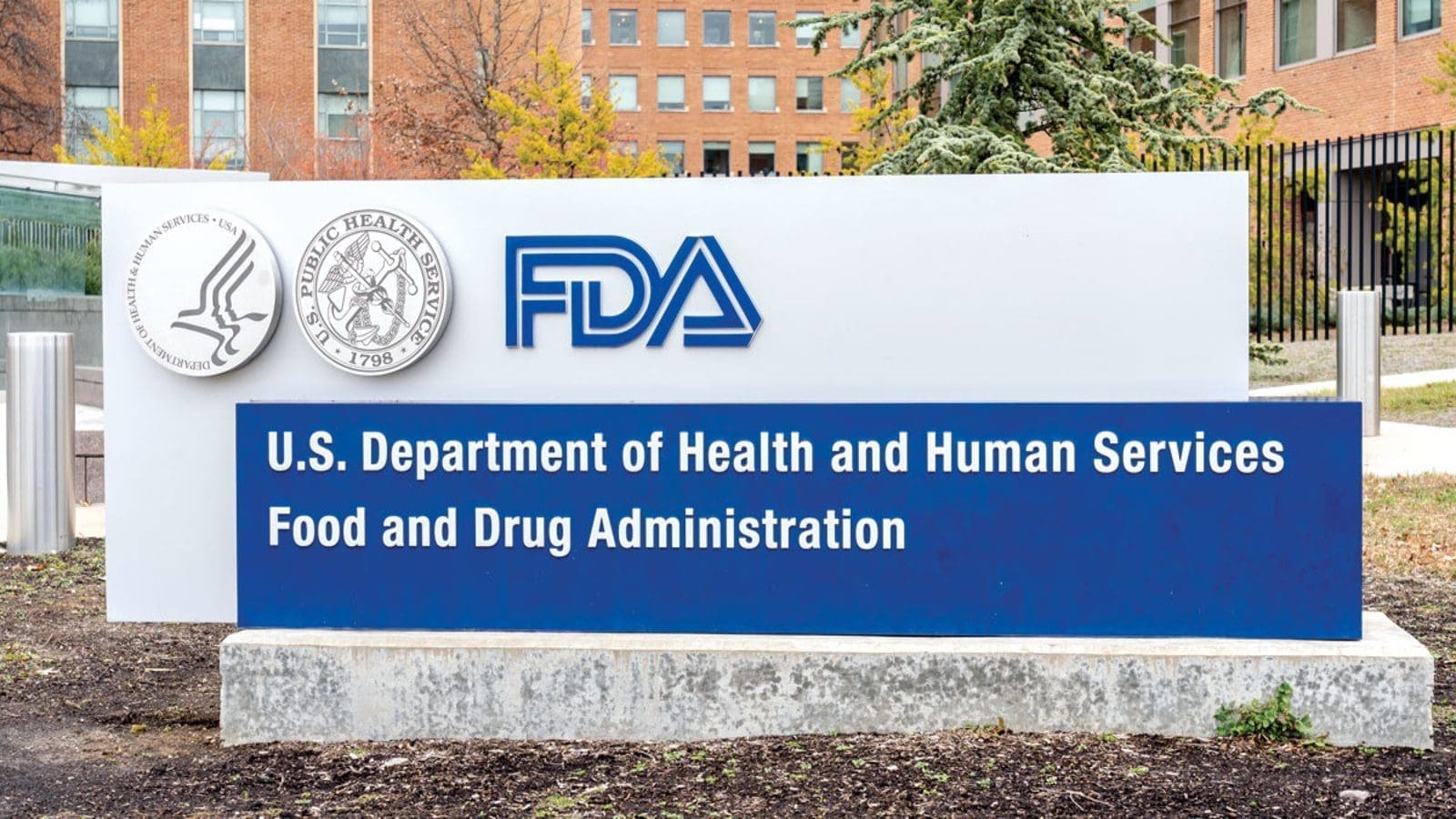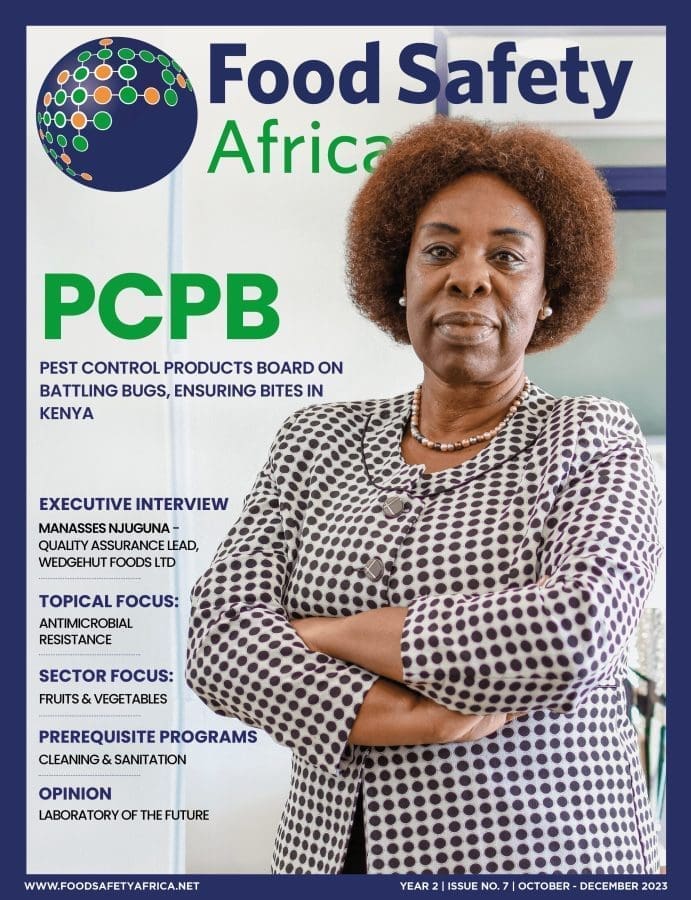U.S – The US Food and Drug Administration (FDA) has released The Food Safety and Nutrition Survey (FSANS) Explorer, a web-based tool that allows users to interact with the Food Safety and Nutrition Survey data at any time to find answers to their specific questions.
FSANS is FDA’s premier, national probability consumer survey designed to assess consumers’ awareness, knowledge, understanding, and self-reported behaviors relating to a variety of food safety and nutrition-related topics.
As stated by the FDA, the new tool will allow users to explore the relationship between responses to survey questions and respondent demographic characteristics, visualize responses to survey questions through tables and charts, plus perform statistical tests that measure the strength of response /respondent relationship.
The agency publicized the results of the Food Safety and Nutrition survey back in March 2021, with some interesting findings for the industry. The survey combines the previously separate Food Safety Survey and Health and Diet Survey, which were last conducted in 2016 and 2014. The survey was sent by mail to respondents, who could then submit it online or by mail. It incorporates approximately 4,400 responses collected during October and November of 2019.
According to the survey, 87% of consumers have looked at the Nutrition Facts label on food packages, were familiar with them. The top four items that consumers look for on the label are, calories, total Sugar, sodium, and serving Size. Consumers report using the label most frequently for seeing “how high or low the food is in things like calories, salt, vitamins, or fat,” “for getting a general idea of the nutritional content of the food,” and “to compare different food items with each other.”
In addition, majority of the consumers said they were familiar with front of package claims. More than 80 percent of respondents said they had seen claims such as, “No added sugar,” “Whole grain,” “Organic,” Gluten-free,” “Low fat,” “No artificial ingredients,” “Low sugar,” and “No artificial colours.”
The survey also found that hand washing practices vary depending on the occasion. Consumers are more likely to wash hands with soap after touching raw meat (76 percent), than before preparing food (68 percent), or after cracking raw eggs (39 percent). It also revealed that consumers were more familiar with foodborne illnesses like Salmonella (97%) and E.coli (88%) as compared to Campylobacter (7%) and Vibrio (4%).
The survey findings are intended to help FDA make better-informed regulatory, policy, education, and other risk-management decisions aimed at promoting and protecting public health.
Liked this article? Subscribe to Food Safety Africa News, our regular email newsletters with the latest news insights from Africa and the World’s food safety, quality and compliance. SUBSCRIBE HERE








